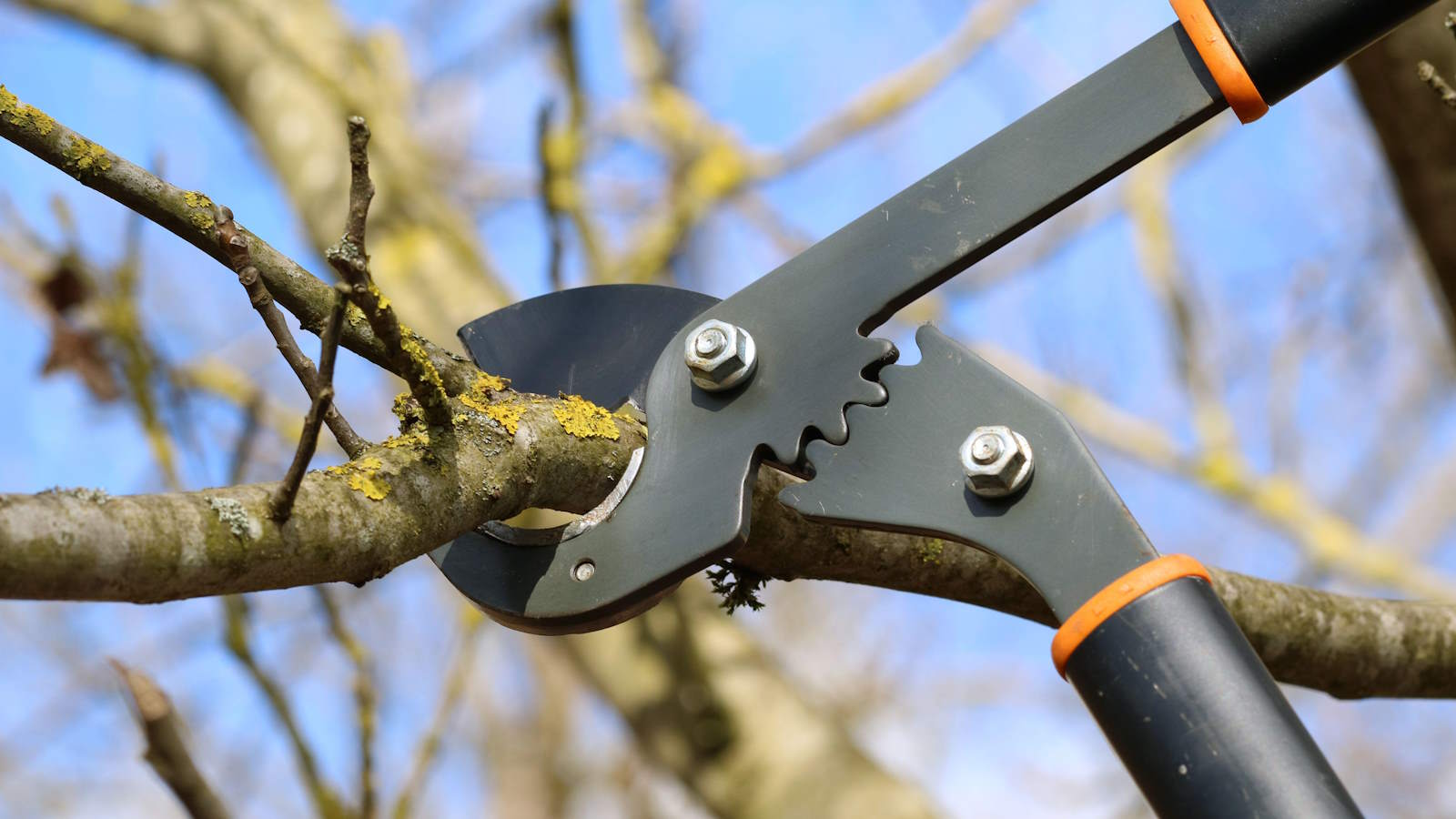
Lots of trees are best pruned during their period of dormancy from late fall through to early spring. The exact time they are dormant will depend on your location, but for many gardeners February represents an ideal time to prune ornamental and fruit trees.
This month is a great window to prune deciduous trees, whether the purpose is to tackle the shape of the tree or to boost its flowering or fruiting. One task that will regularly need doing in winter is to remove dead, diseased, or damaged branches for the overall health of the tree.
Whether you have a lot of trees as part of your backyard landscaping, or you have some compact trees in pots to add interest to a space, they may benefit from trimming before the end of February. We look at seven trees that could warrant a little bit of attention this month.
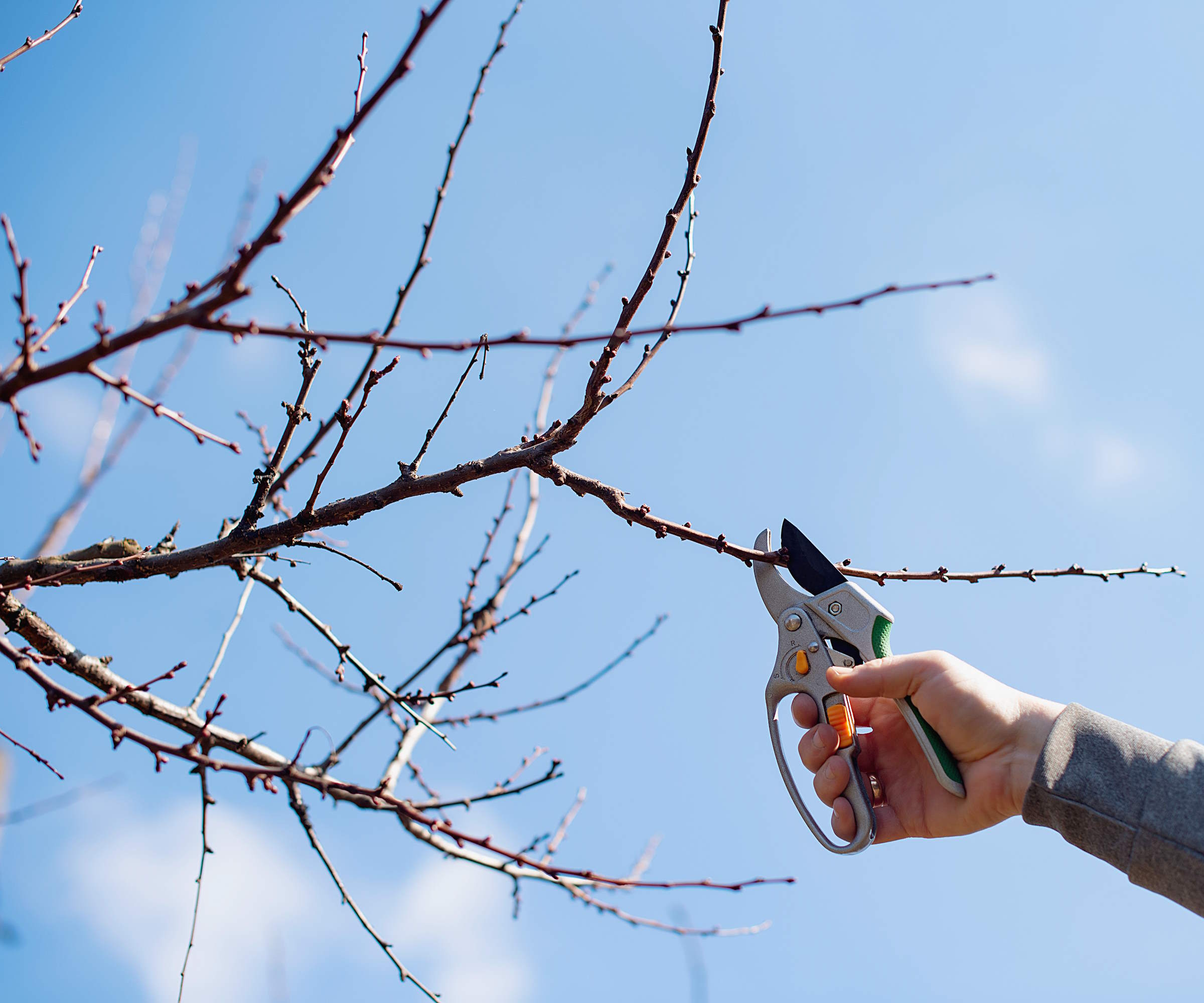
Tools for February tree pruning
The ideal garden tools for tree pruning will include a pair of sharp pruning shears, loppers, and a pruning saw. This trio should give you all of the tools to cut through branches of different sizes.
An extendable pole saw, or a sturdy ladder, can also help give you access to trimming higher-up branches. If you do have trees that are very tall, or require large-scale pruning, then it is best advised to get in professionals to do the job for you.
A folding saw ideal for tree cutting that has 3 sided Japanese teeth and can cut branches up to a diameter of two inches
A pair of loppers with power-lever technology, which multiplies your leverage so you can cut through branches up to 1.75"
A sturdy and comfortable pole saw that can be used to prune tree branches without needing to climb a ladder
1. Eucalyptus
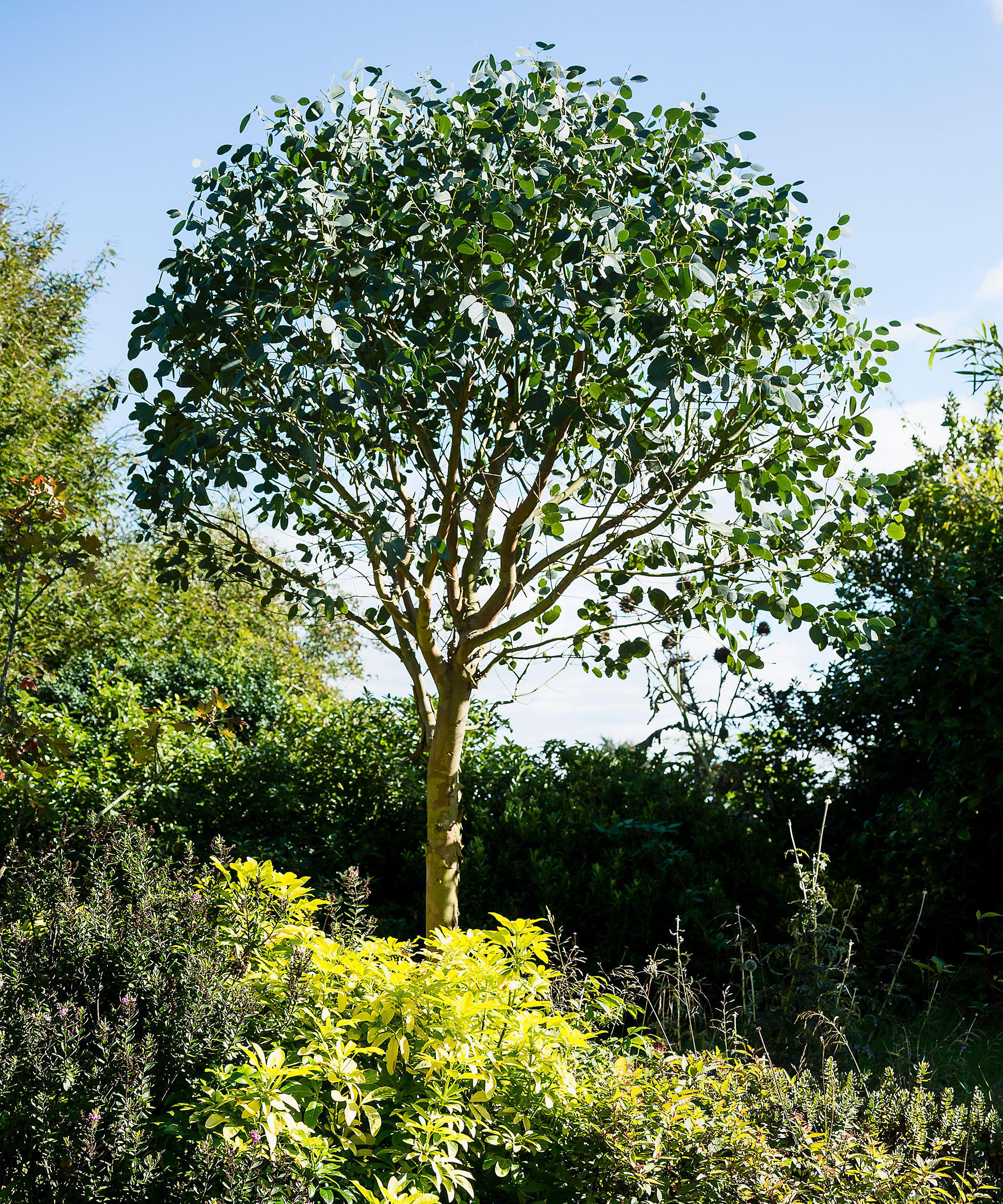
Eucalyptus is an evergreen tree grown for its unique leaves and decorative peeling bark. The ideal time to prune eucalyptus comes in late winter or early spring, and February or March is the perfect time - depending on your US hardiness zone.
Time the pruning just before the tree is starting to actively grow in early spring, as this will reduce the risk of the tree bleeding sap. As the eucalyptus is growing at that stage it also means the tree can heal over the wounds quickly and help to lessen the dangers of silver leaf fungus.
2. Fig
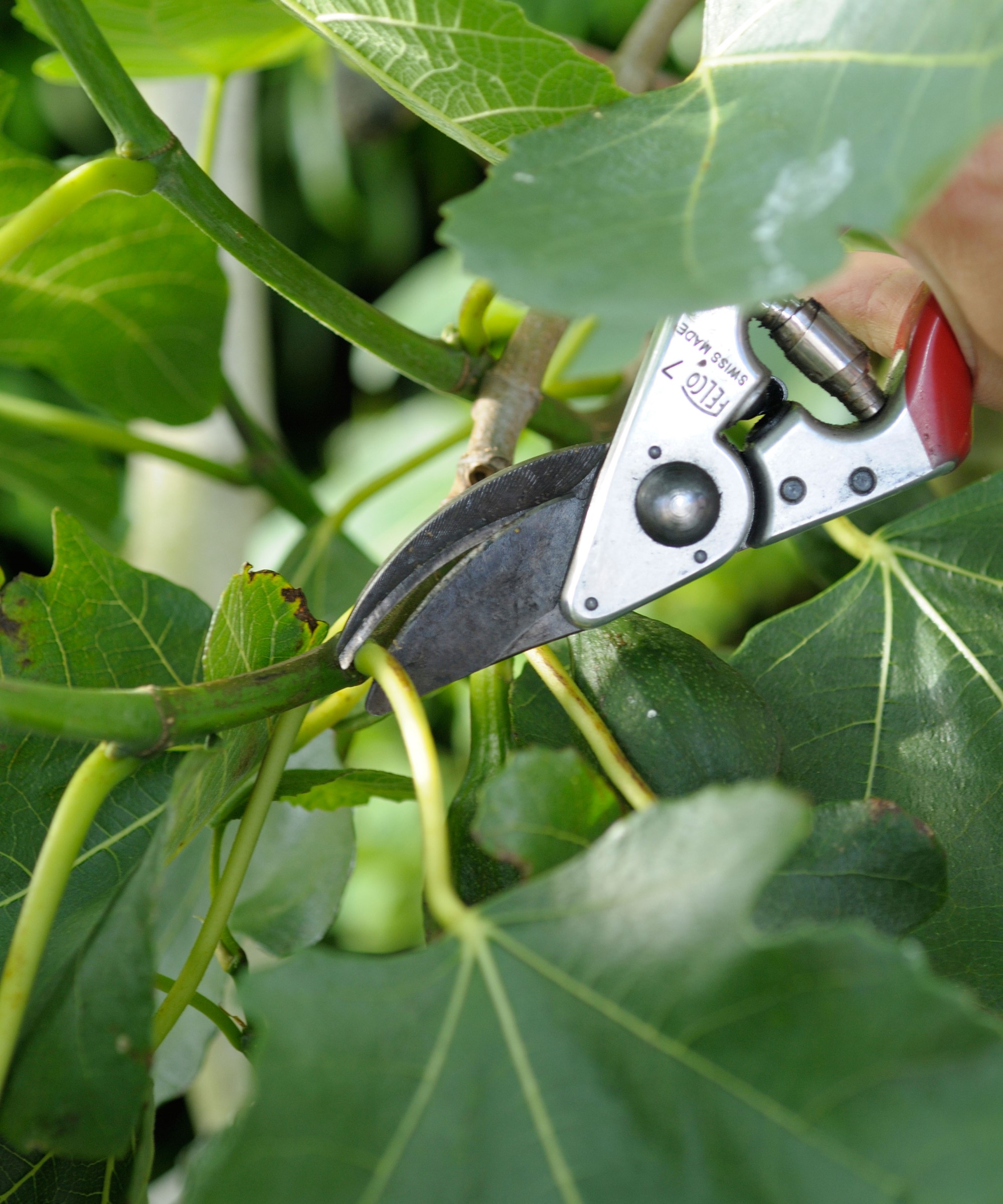
Fig trees are fast-growing trees that do need to be pruned each year to keep them in shape, and also to give you a great harvest of figs. The best time to prune fig trees is during late winter or early spring, just before the new growth begins.
Depending on your location, this can be during February or March. It is a great time to prune for shape and to promote new growth, as well as removing any dead, damaged, or diseased branches.
Getting the timing right is important as pruning too late into spring would be a fig growing mistake that can cause the tree to bleed sap and be weakened.
3. Fruit trees
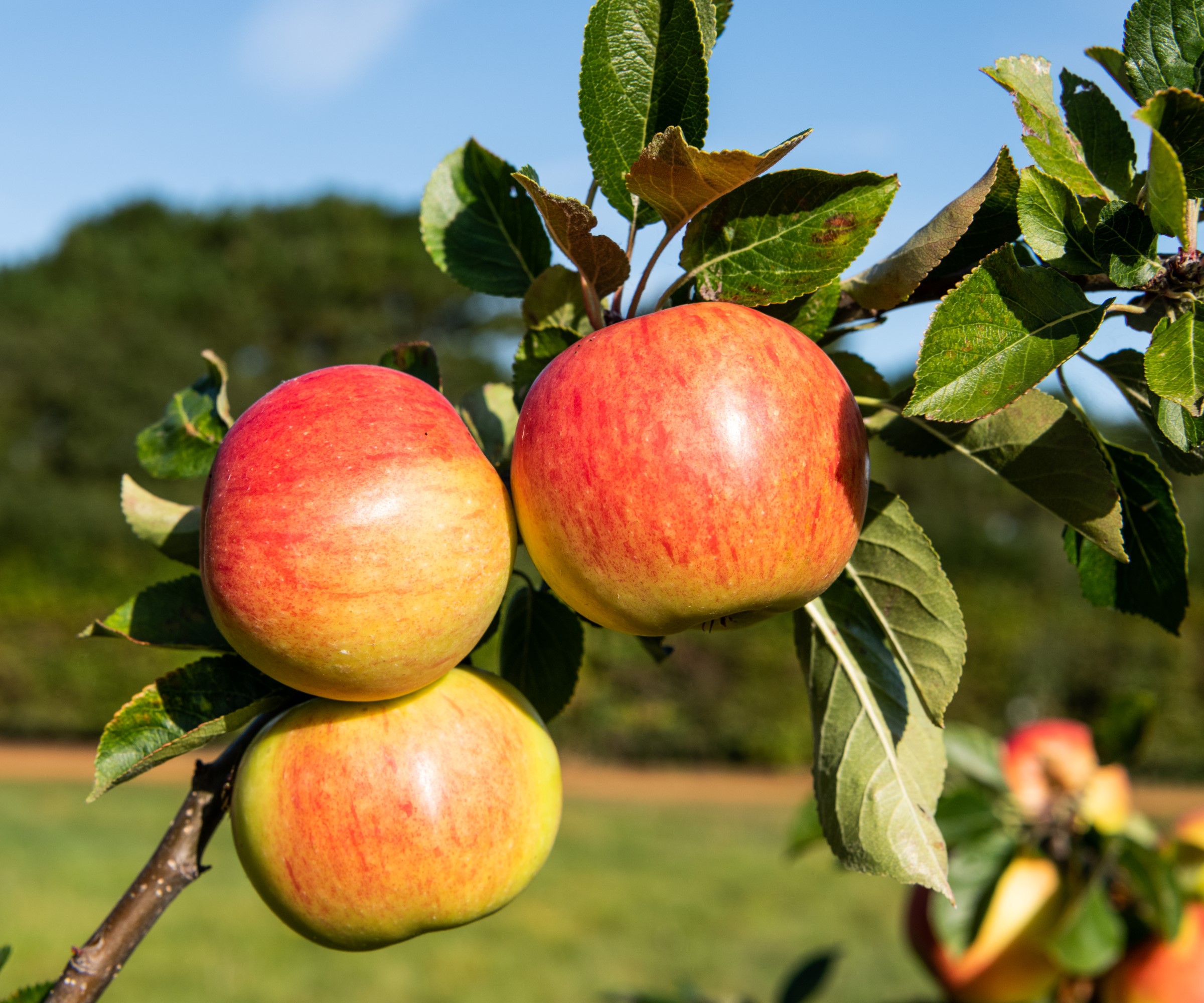
Some of the most popular fruit trees - including apple trees, pear trees, quince trees, and medlars - are pruned in winter when they are dormant. Depending on your US hardiness zone, if often means February is usually the last month to prune fruit trees in winter.
If you have not pruned your fruit trees yet this winter, then this month is the time to do it. However, do not prune stone fruit trees this month, they are not pruned during dormancy and it would be a fruit tree pruning mistake to trim in February.
4. Japanese maple
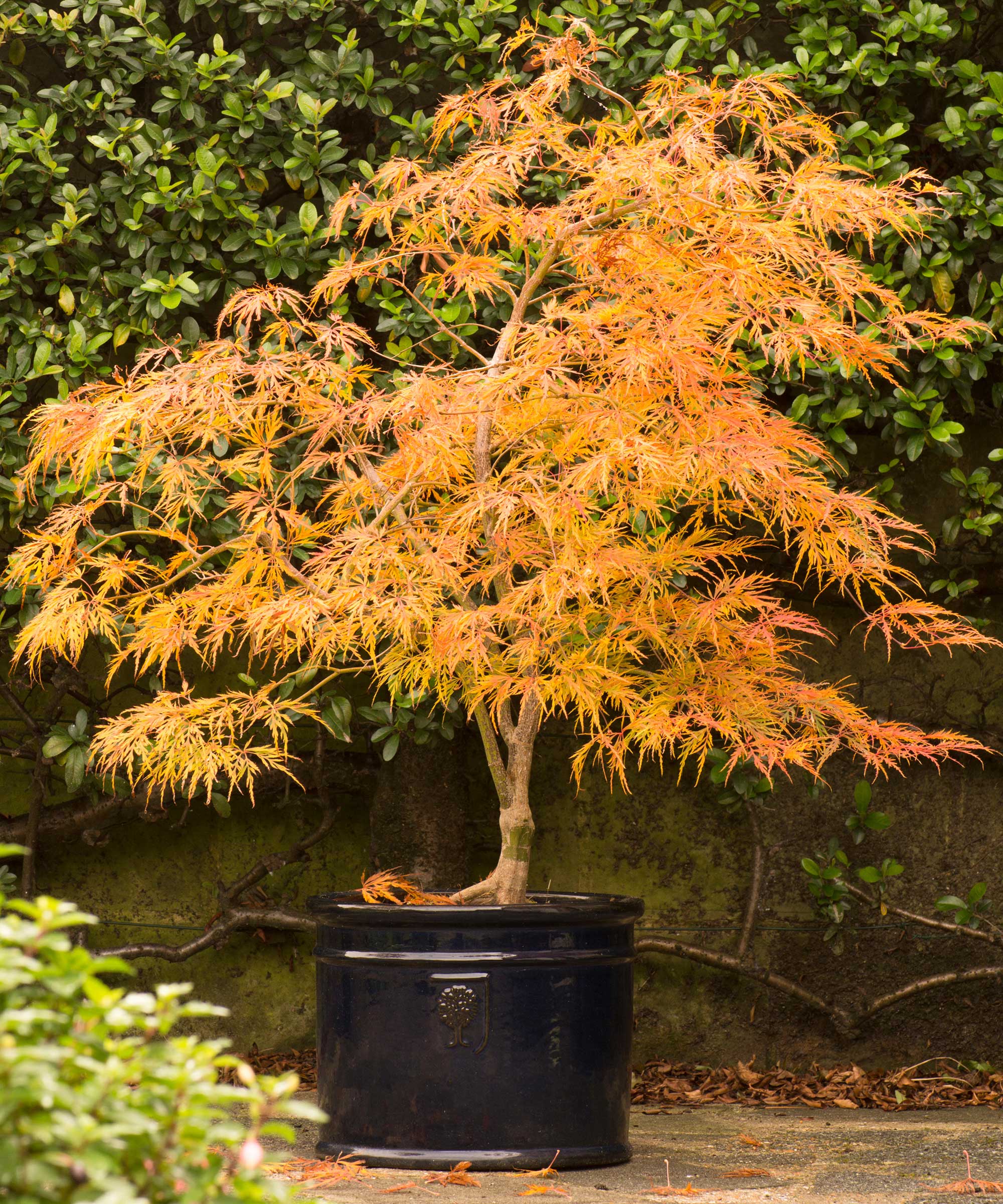
Japanese maple trees do not require lots of annual pruning, though when they do the timeframe runs from November to March when they are dormant. However, even in that window you want to avoid pruning in freezing temperatures - and you need to trim before the trees start growing, as acers are known to bleed sap heavily.
So, depending on your location and climate, February may turn out to be the best month to trim.
Depending on the variety of Japanese maple you are trimming, the pruning may be to restrict their size to keep them suited to small backyards or just to lightly trim their overall shape.
5. Linden
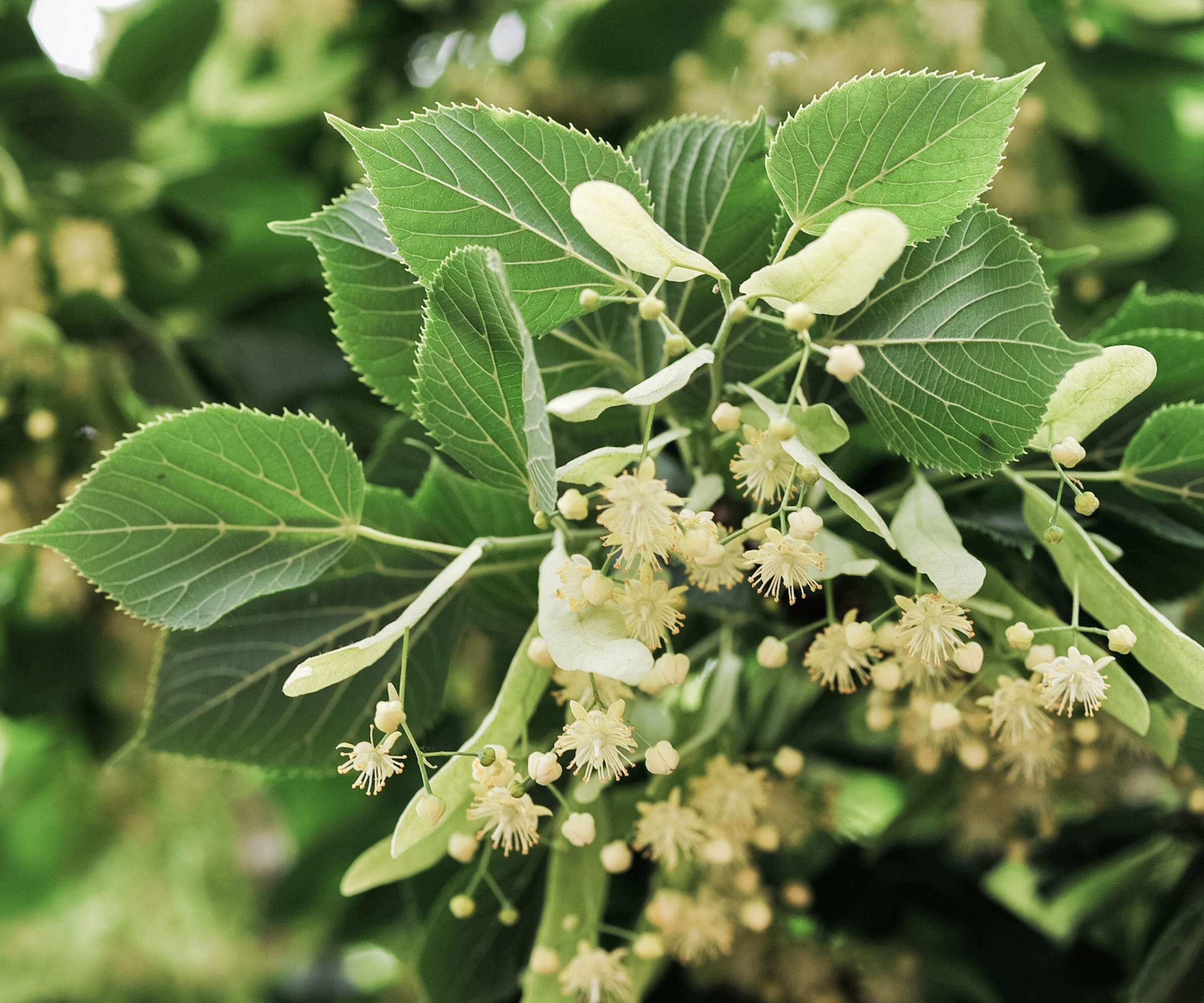
Linden trees are fast-growing flowering trees that can grow very large, up to 70 feet or more. They tend to not need much pruning, other than shaping when they are younger and then removing dead, diseased, or damaged branches as and when required. The trees are best pruned in late winter or early spring.
As the trees grow older, it is better to not prune unless absolutely necessary, But, when it is necessary, prune in fall or from late winter onwards - not during the middle of winter as this would be tree pruning mistake that can potentially damage the tree.
6. Liquidambar
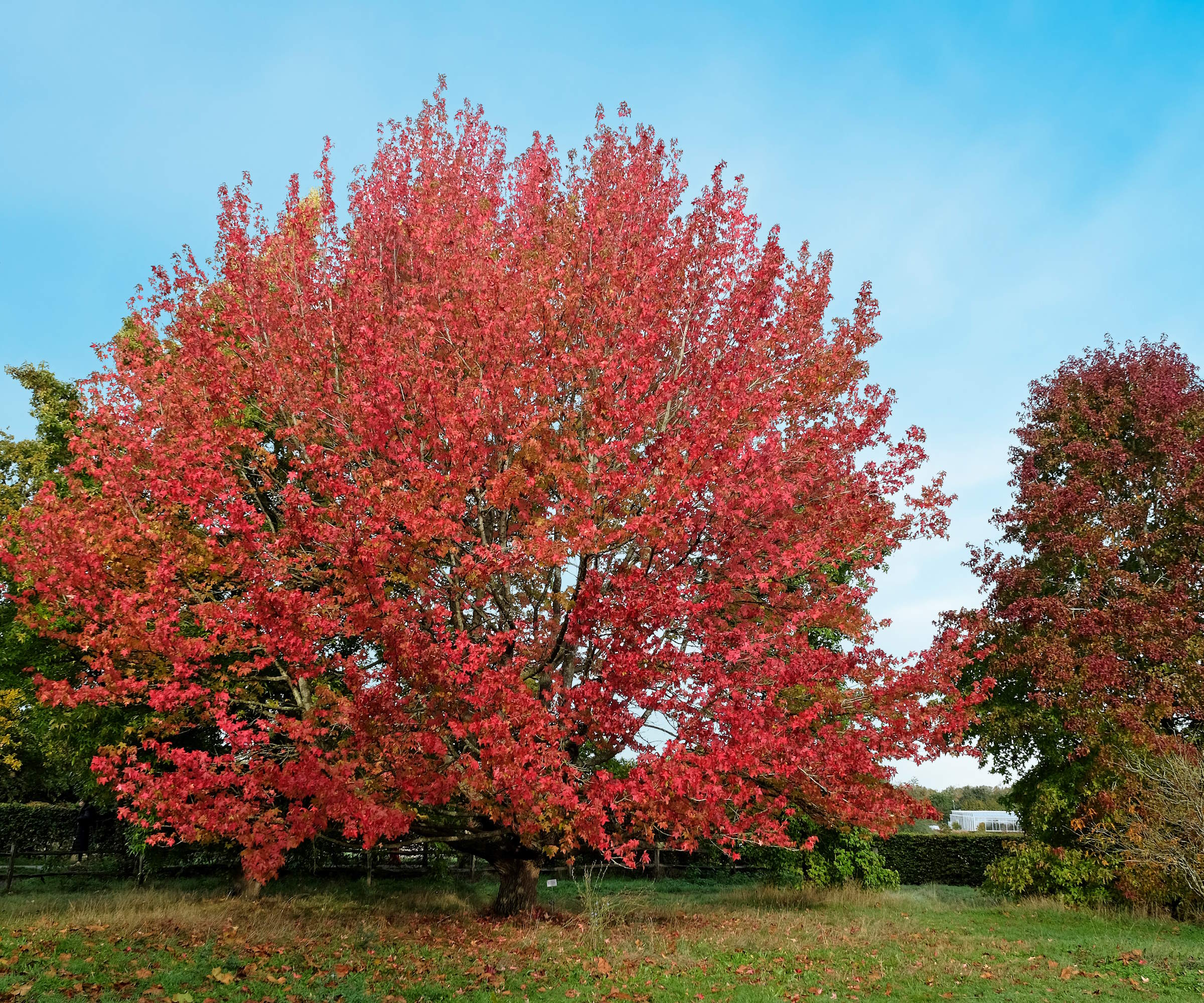
Liquidambar, also known as the sweet gum, is one of the best trees for fall color and they dazzle in shades of red, yellow, orange, and more, come the fall months. These large trees can grow up to 100 feet tall and do not need much regular pruning.
However, they can benefit from broken, diseased, or dead branches being removed. And any branches that are growing in unwanted directions, such as towards the ground or into the centre, are best pruned out - and the ideal time to do that is when they are dormant in late winter or early spring.
7. Parrotia
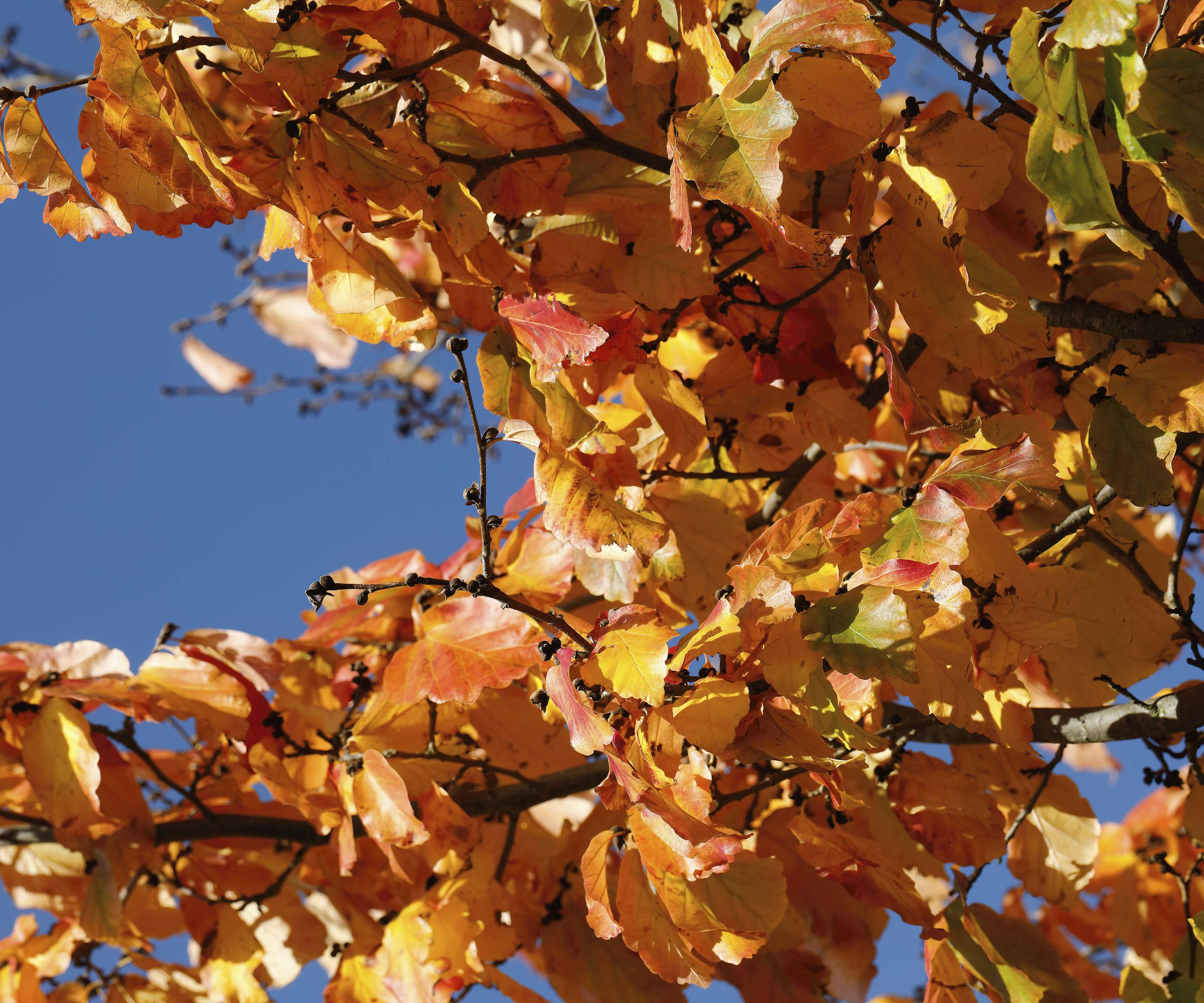
Parrotia Persica, also commonly referred to as the Persian ironwood, is another tree known for its fantastic fall color. It is also renowned for its peeling bark and red flowers that appear in the early months of the year.
They flower in January and February and require little pruning, but once they have finished blooming is the best time to do any trimming. As parrotias can be large shrubs or small trees, they can be pruned to create a shape and remove congested branches or lower branches can be pruned off to help display that distinctive peeling bark.
FAQs
Can you cut conifers in February?
Conifers do not often require much pruning, but they can be given a trim to maintain their shape or to remove any dead, damaged, or diseased branches. If you have conifers in your backyard, February will only be a good time to trim in certain areas where winters are shorter.
The ideal time to prune conifers is just before they are starting to grow for the year in early spring, or during the summer months. Pruning conifers in February in colder climates risks the foliage turning brown and any late frosts can cause dieback of branches.
Do you have many of these trees in your backyard to add to your late winter gardening checklist? If the answer is yes, make sure to cast your eyes over them to see if they are in need of any pruning this month.







